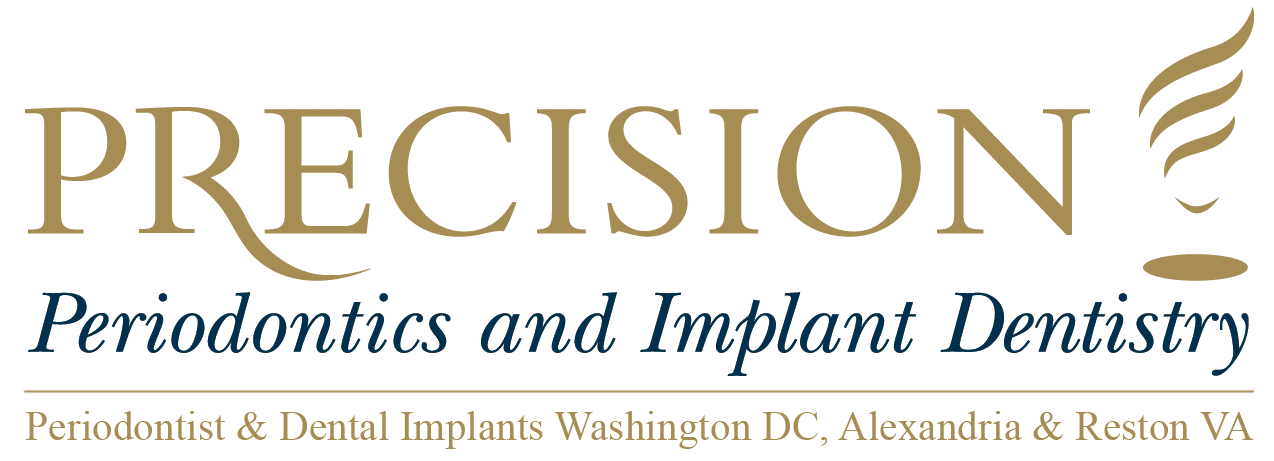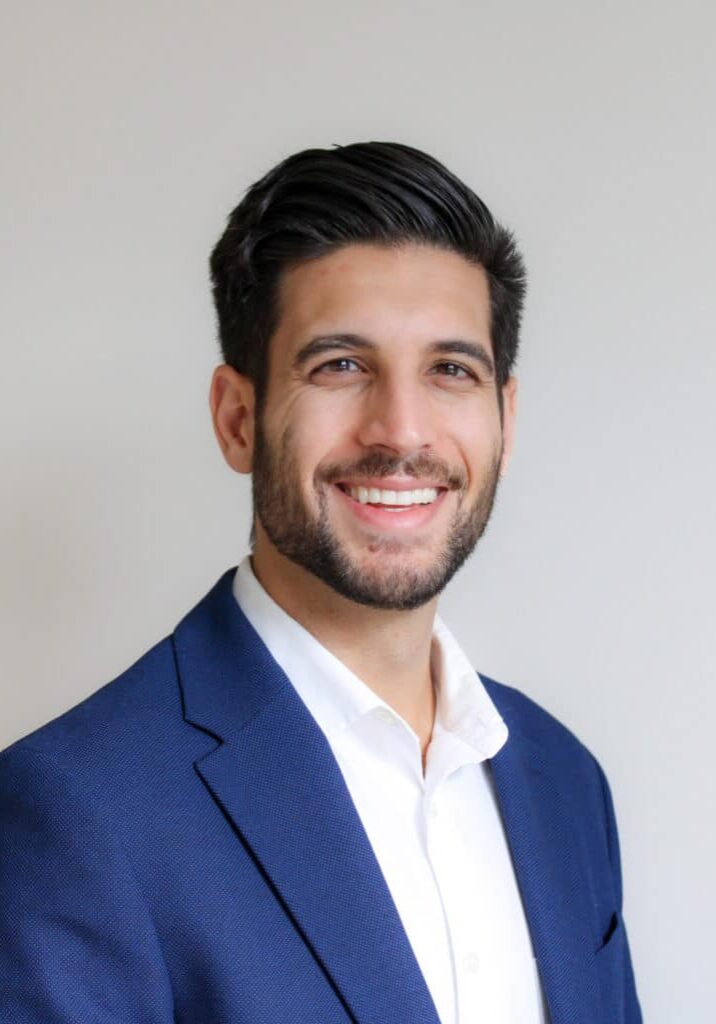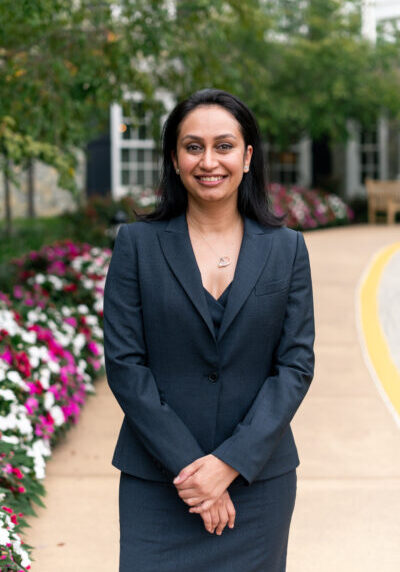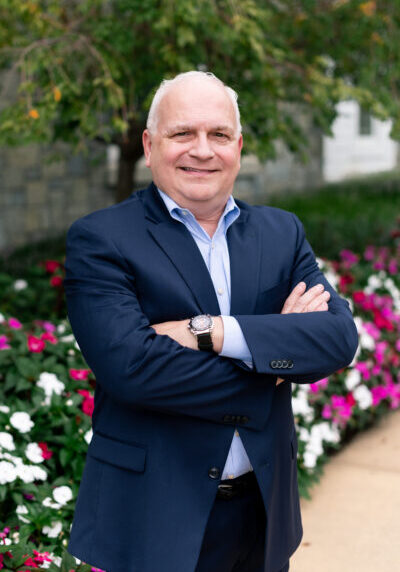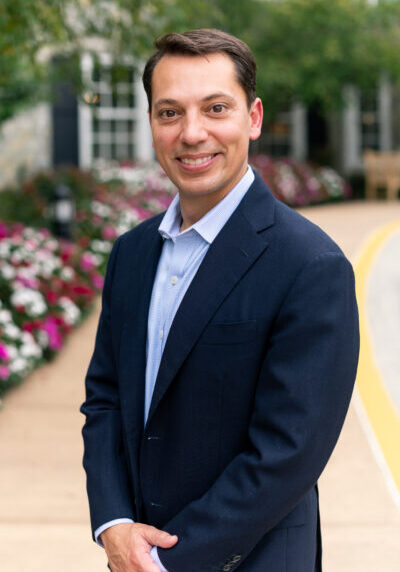Periodontology Anatomy - Junctional epithelium
Junctional Epithelium
The junctional epithelium is the epithelium which is located at the base of the gingival sulcus. The probing depth of the gingival sulcus is measured using a calibrated periodontal probe. In healthy cases, the probe is inserted gently, slides by the sulcular epithelium (SE), and stops at the epithelial attachment. The probing depth of the gingival sulcus, however, might vary drastically from the true histological gingival sulcus depth.
Junctional Epithelium Location
The junctional epithelium (JE) is located immediately apical to the sulcular epithelium. The sulcular epithelium lines the gingival sulcus from the base to the free gingival margin. This is where it interfaces with the epithelium of the oral cavity. The gingival sulcus is bound to the tooth by the enamel of the crown and the sulcular epithelium. The junctional epithelium is immediately apical to the base of the pocket. The JE attaches to the surface of the tooth through the epithelial attachment (EA). On average, the EA is roughly 1 mm in width in the apico-coronal dimension. This constitutes nearly half of the biologic width. The attachment of the JE to the surface of the tooth can occur on the enamel, cementum, or dentin. The position of the EA on the surface of the tooth is initially on the cervical half of the anatomical crown when the tooth is functional following the tooth’s eruption.
Origin
The junctional epithelium is derived from the reduced enamel epithelium (REE) which occurs during the tooth development. Prior to the eruption of the tooth and after the enamel matures, the ameloblasts secrete a basal lamina on the tooth surface which serves as a part of the primary EA. As the tooth actively erupts, the coronal part of the fused and surrounding epithelium retracts off the crown. The ameloblasts also develop hemidesmosomes for the primary EA and are firmly attached to the enamel surface. The cervical part of the fused tissue, however, remains attached to the neck of the tooth through the primary EA. This fused tissue, which stays near the cementoenamel junction (CEJ), serves as the initial JE of the tooth. This creates the first tissue attached to the tooth surface. This tissue is later replaced by a definitive JE once the root is established.
Structure
Cells in the junctional epithelium often have wide intercellular spaces and fewer desmosomal junctions. This allows the transmission of white blood cells from the lamina propria's blood vessels to the bottom of the gingival sulcus which aids in the prevention of disease. In addition, the JE is thinner than the sulcular epithelium, and ranges from only 15-30 cells thick at the floor of the gingival sulcus. It then tapers to a final thickness of 3-4 cells at its apical part. The superficial cells of the JE serve as part of the EA of the gingiva to the surface of the totth. The structure of the EA is similar to the junction between the epithelium and subadjacent connective tissue. The internal basal lamina includes both a lamina lucida and a lamina densa.
This internal basal lamina of the epithelial attachment is continuous with the external basal lamina and is located between the junctional epithelium and the lamina propria. In a healthy state, the EA is very strong and acts as a type of seal between the soft gingival tissue and the hard surface of the tooth. The deepest layer of the JE, also known as the basal layer, undergoes constant and rapid cell division. The few layers which are present in the JE do not show any change in their cellular appearance as they mature. This is unlike any other types of gingival tissue.
